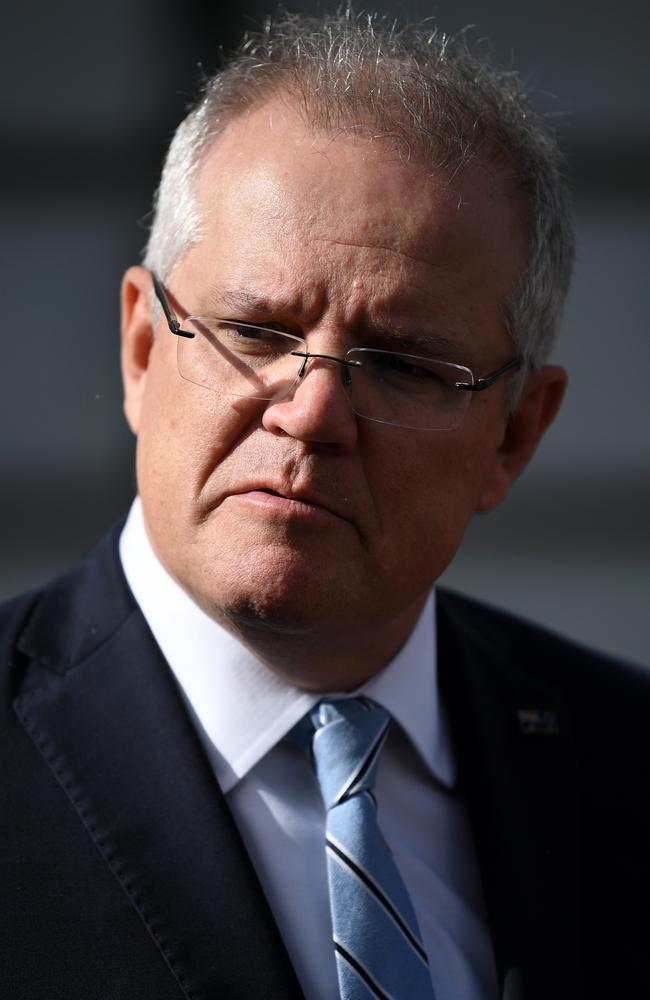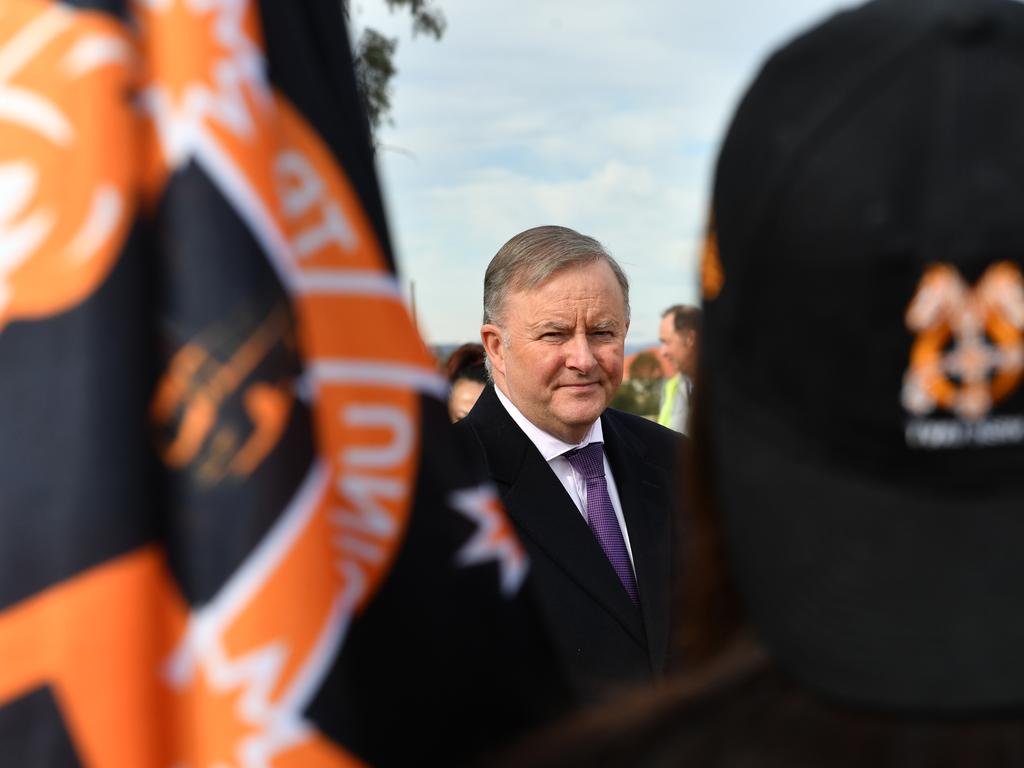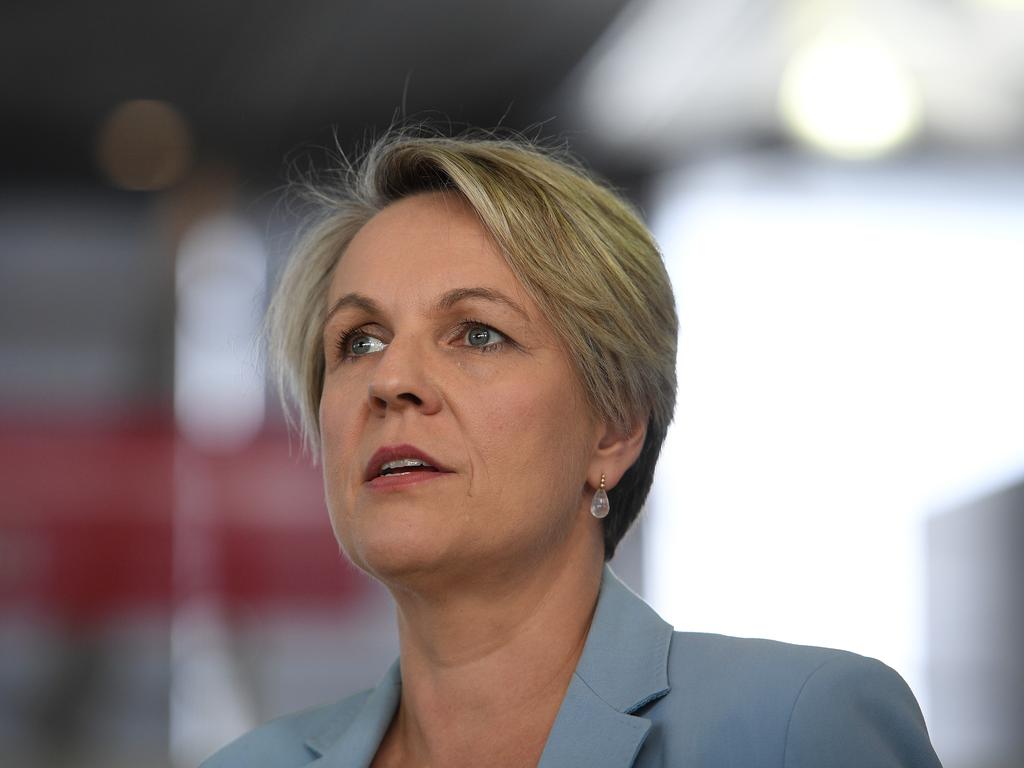JobKeeper: Every job ‘saved’ by the wage subsidy is costing taxpayers over $100,000
Economists have uncovered the stunning price tag of each job saved under JobKeeper as the Prime Minister weighs phasing out the scheme.
Every job “saved” by the JobKeeper wage subsidy is costing taxpayers over $100,000.
Economists have arrived at the stunning cost of ‘saving’ jobs as the Prime Minister weighs phasing out the scheme slowly so the support doesn’t “fall of a cliff’’ in September.
While the JobKeeper subsidy is being paid to three million workers, economists believe only a fraction of those jobs would have been lost if the scheme did not exist or will be saved when it’s over.
The $100,000-plus cost is based on an acceptance that one in three jobs being subsidised now is a “zombie” job that will no longer exist when the Morrison Government scraps the scheme.
Thousands of businesses are also now back to normal turnover and arguably no longer need to receive the $1500-a-fortnight subsidy to survive.
RELATED: Scott Morrison urged to extend JobKeeper until Christmas
RELATED: Eden-Monaro voters want JobKeeper extended
RELATED: Australians need ‘certainty’ over future of JobKeeper
Economists Jeff Borland and Roger Wilkins have estimated around 686,000 jobs will be saved by JobKeeper.
But Australian National University Professor Robert Breunig believes the number of jobs “saved” by JobKeeper is probably closer to one million.
“Based on the assumption that a third of those who lose their jobs might also leave the labour force, this implies an estimate of 904,000 jobs saved, that they round up to a more generous one million jobs saved at most,’’ he said.
“Depending on the preferred assumptions concerning jobs saved, this translates into a cost per job saved over the six-month program of roughly between $70,000 to $102,000. Converting these into cost per job-year saved terms equates to somewhere between $140,000 and $204,000.
“These are potentially high costs per job saved, although this is probably to be expected and largely unavoidable in an economy that is still operating under significant physical restrictions.”

The Morrison Government has left the door open to extending wage subsidies or other supports for some industries beyond September.
But Mr Morrison has cautioned the cost of the scheme is too big to extend for all businesses that currently secured the subsidy.
“Just on JobKeeper, so not taking into account the old Newstart payment. I mean, that’s got a cash burn of over $10 billion a month,’’ the Prime Minister told 2GB on Monday.
“It can’t be sustained forever at that level. But equally, we’ve got to look at what’s happening post-September. There are a number of industries that will continue to be affected by restrictions, particularly in the aviation sector, in the tourism and hospitality sector, particularly those that were highly dependent on international travel.”

The startling true cost of the JobKeeper scheme comes amid claims that one in five casual workers are being overpaid under the program that pays a flat rate of $1500 to all workers.
According to the Australian Bureau of Statistics, 20 per cent of workers report they are earning more during the pandemic than they earned previously.
According to the latest data from the Australian Bureau of Statistics (ABS), many Australians are spending more and expect it to stay that way.
“Many Australians reported decreased spending on eating out (87 per cent), child care fees (85 per cent), recreation or leisure (79 per cent), public transport (73 per cent) and personal care (64 per cent),’’ ABS head of household surveys, Michelle Marquardt said.
“The majority of Australians who had reduced expenditure on household furnishings (72 per cent) and clothing and footwear (52 per cent) expected to continue to spend lower amounts on these items as COVID-19 restrictions ease.”

On Monday, the PM claimed some unemployed Australians are refusing to work because the doubled dole payment of $550-a-week is too high.
As the Morrison Government considers whether to slash the dole back down to $275-a-week or compromise with a smaller boost to the base rate, the Prime Minister said if the welfare payment is too high some people won’t work.
“We are getting a lot of anecdotal feedback from small businesses, even large businesses where some of them are finding it hard to get people to come and take the shifts because they’re on these higher levels of payment,’’ he said.




